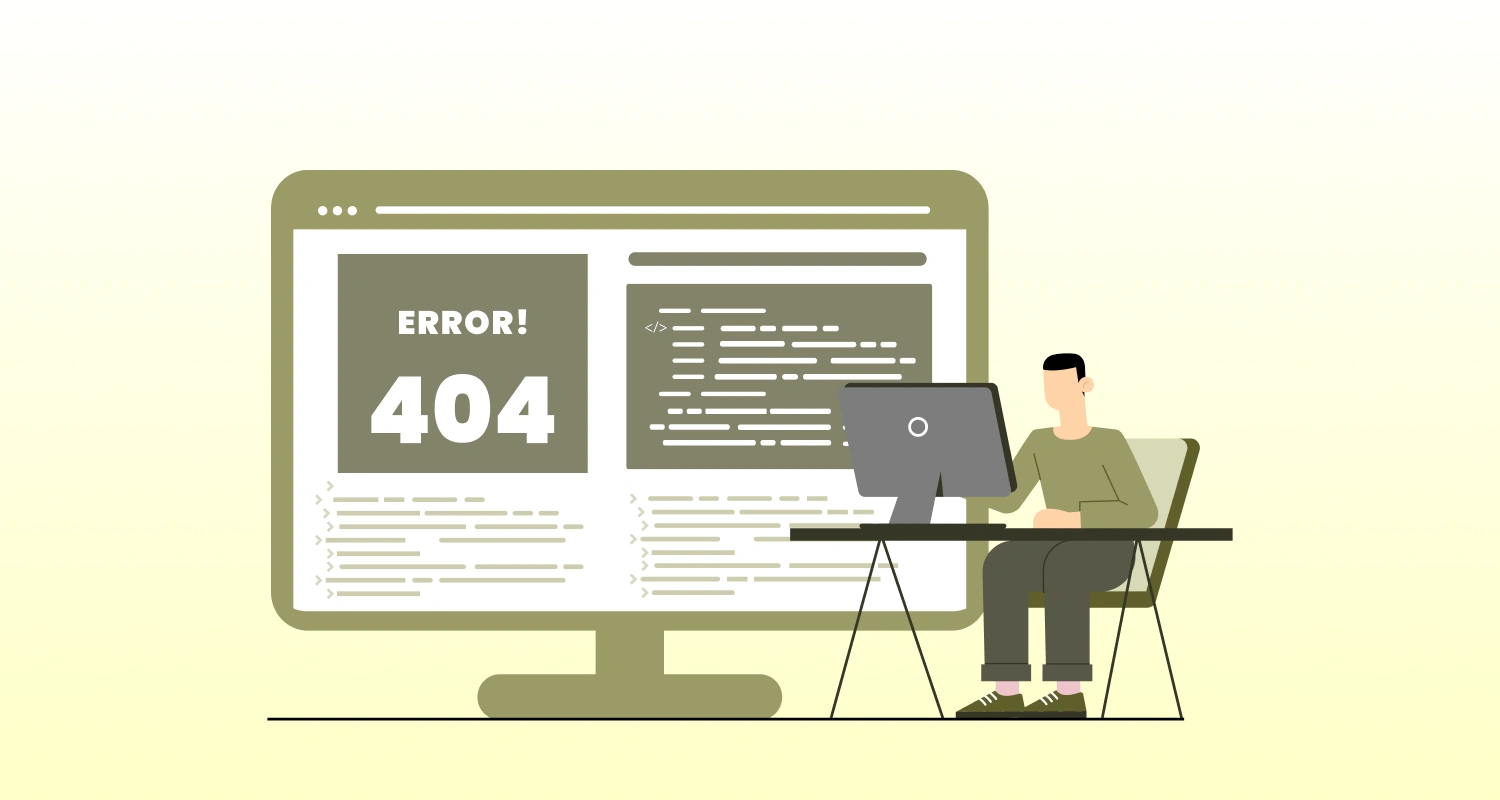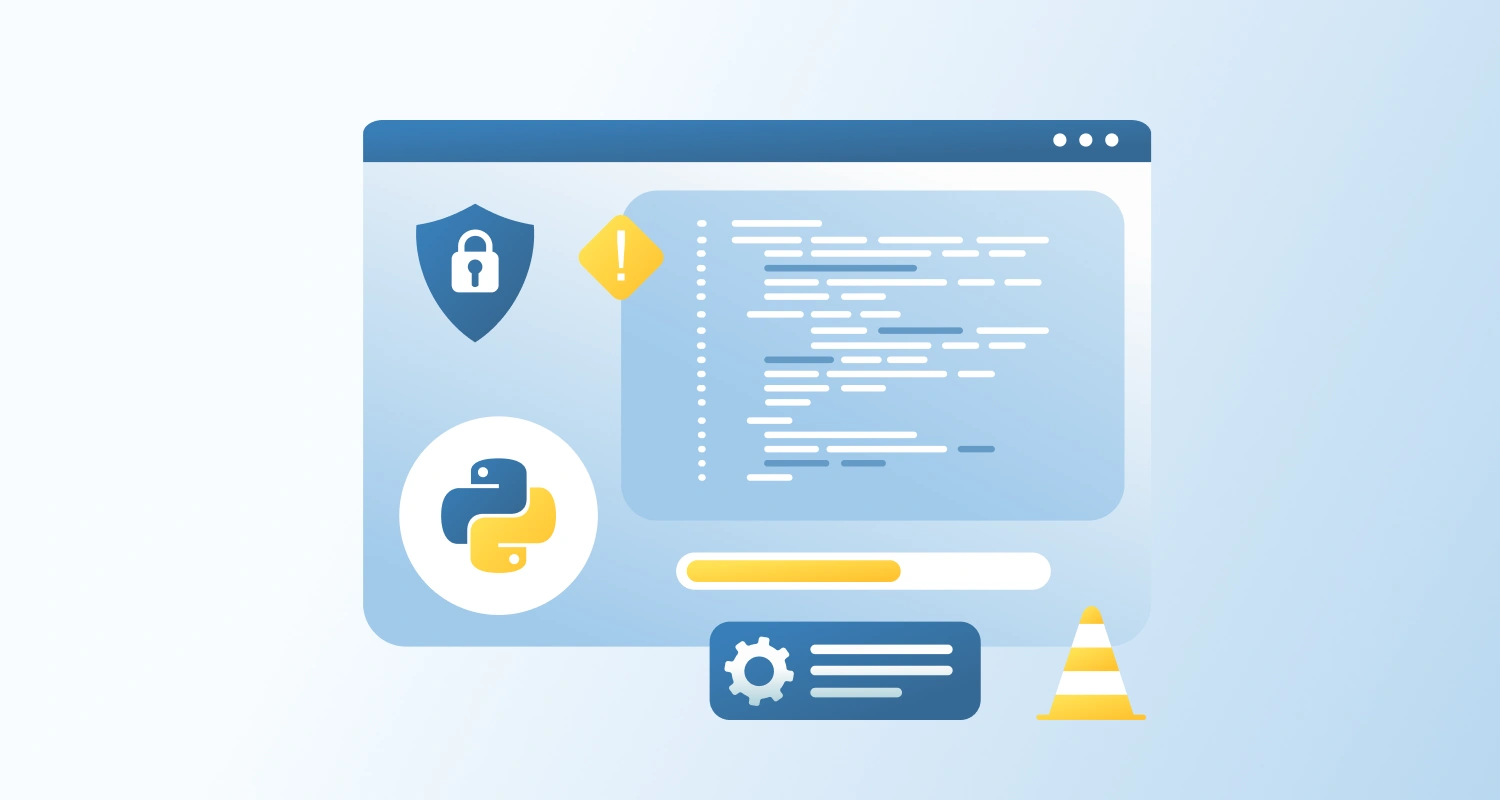Working with large datasets in Node.js can be tricky; especially when performance and memory usage matter. That’s where streams come in. They’re a core part of Node.js and offer a smarter way to handle large data without overwhelming your system.
What Are Streams in Node.js?
Streams in Node.js are a fundamental concept that every skilled Node.js developer should know. They break down large datasets into manageable chunks. This results in sequential processing, which provides many benefits such as improved memory efficiency, better performance, and more.
Imagine you need to process a very large video file (e.g., 5GB). If you try to read the entire file into memory using fs.readFileSync(), your program will likely crash because it will run out of memory.
Streams solve this. A stream would read the video file in small chunks (e.g., 64KB at a time), process each chunk, and then discard it to make room for the next one.
Types of Streams in Node.js
- Readable Streams: For reading data from a source (e.g., fs.createReadStream() for a file, an HTTP request on a server).
- Writable Streams: For writing data to a destination (e.g., fs.createWriteStream() for a file, an HTTP response on a server).
- Duplex Streams: Both readable and writable (e.g., a TCP socket).
- Transform Streams: A type of Duplex stream that can modify the data as it passes through (e.g., a zlib.createGzip() stream for compressing data).
The real power comes from piping, where you connect the output of a Readable stream to the input of a Writable stream.
Example: Streaming and Compressing a Large File
const fs = require('fs');
const zlib = require('zlib');
const readableStream = fs.createReadStream('large-file.txt');
const writableStream = fs.createWriteStream('large-file.txt.gz');
const gzip = zlib.createGzip();
// Pipe the read stream into the gzip transform stream,
// and then pipe the output of that into the write stream.
readableStream.pipe(gzip).pipe(writableStream);
Use code with caution.JavaScriptThis one-line command reads a large file, compresses it, and writes the compressed version to a new file, all with a very small memory footprint. You should use streams whenever you are working with large amounts of data, such as file processing, video/audio streaming, or handling large HTTP request/response bodies.
When Should You Use Streams?
Streams are ideal whenever you’re dealing with large volumes of data or ongoing data flow. Typical use cases include:
- File processing (especially large files)
- Video or audio streaming
- Handling large HTTP requests/responses
- Real-time data transformations (like compression or encryption)
If you find yourself loading entire files or payloads into memory, it’s a good sign that a stream-based approach might be a better fit.
Final Thoughts
Streams are an essential tool in Node.js for any developer dealing with large or continuous data. They let you build fast, memory-efficient, and scalable applications by processing data as it comes, instead of waiting for everything to load. Hire Node.js developers to convert big files, real-time data, or need to respond quickly to incoming information, use streams to optimize your Node.js applications.





